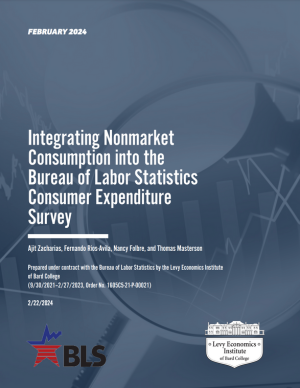
Publications
Working Paper No. 947
| February 2020
Ages of Financial Instability
Starting from the mid-nineteenth century, this paper analyzes two periods of financial instability connected with financial globalization. The first culminates with the 1929 crisis, while the second characterizes the more recent experience starting from the 1970s. The period in between is divided into two subperiods. The first goes up to World War II and sees a retrenchment from globalization and the affirmation of a statist approach to national policy autonomy in pursuing domestic goals, for which we take as examples the New Deal, financial regulation, and the new international cooperative approach finally leading to Bretton Woods. The second subperiod, marked by the new international monetary order and limited globalization, although appearing as a relatively calm interlude, conceals the seeds of a renewed push toward financial fragility. The above periods are synthetically analyzed in terms of the development and mutual fertilization of theories, institutions, and vested public and private interests. The narrative is based on two interpretative keys: the Minskyan theory of financial fragility and changes in the public-private partnership, mainly with reference to the financial sector for which the role of the state as guarantor of last resort necessarily ensues. The lesson that can be derived is that a laissez-faire approach to globalization strengthens asymmetric powers and necessarily leads to overglobalization, as well as to financial and economic instability, rendering it extremely difficult and socially costly for the state to comply with its role as financial guarantor.
Download:
Associated Program:
Author(s):
Mario Tonveronachi
Related Topic(s):

